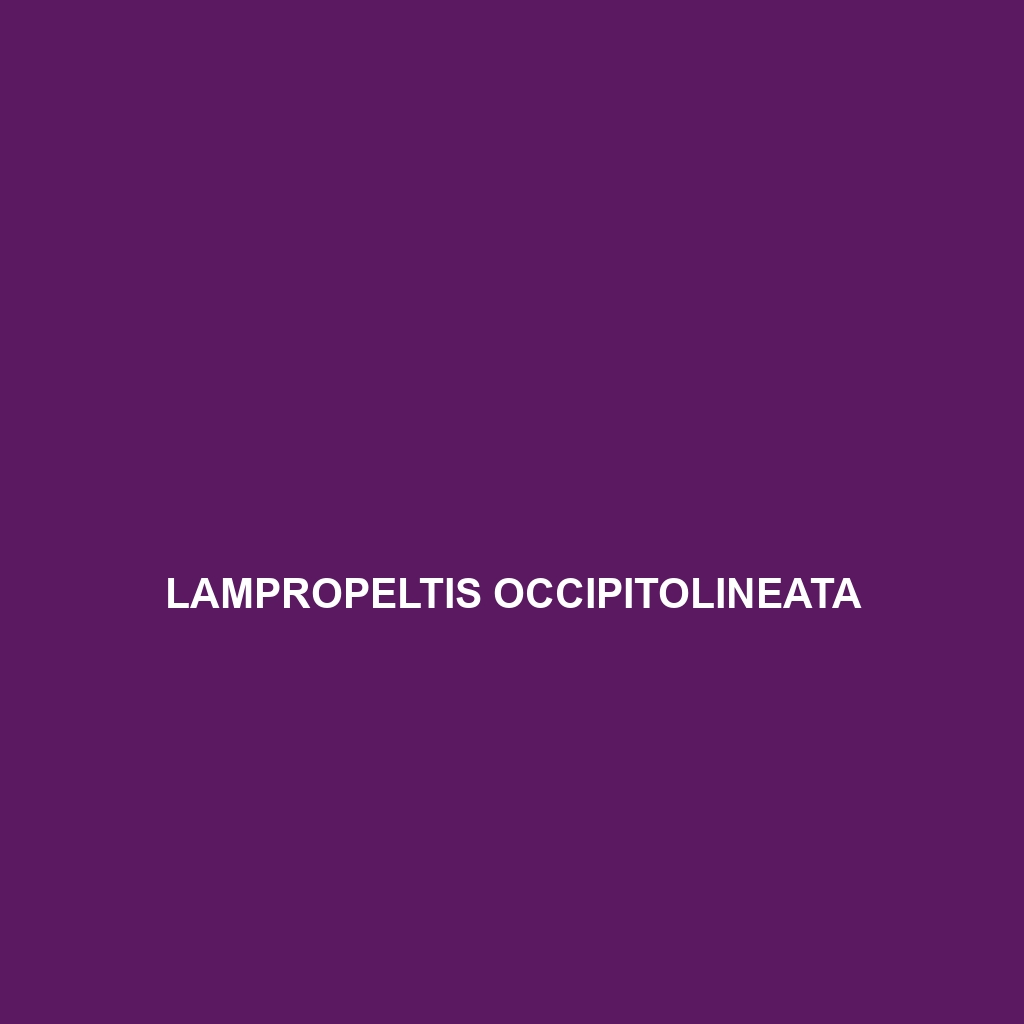The Mastigodryas alternatus, or alternatus snake, is a striking, nocturnal species native to the humid rainforests and temperate forests of Central and South America, known for its remarkable camouflage and diet consisting of small mammals, birds, and reptiles. This adaptable snake plays a vital role in its ecosystem, acting as both predator and prey, while its conservation status remains listed as Least Concern despite threats from habitat destruction.
Tag: snake patterns
Lampropeltis occipitolineata
The <b>Lampropeltis occipitolineata</b>, commonly known as the Black-striped Snake, is a slender, striking snake that reaches 3 to 4 feet in length, featuring tan to light brown coloration with bold dark stripes. Primarily nocturnal, it inhabits diverse environments across the southern United States and northern Mexico, playing a critical role in controlling rodent populations while exhibiting unique defensive behaviors.
Cubatyphlops arator
Discover the Cubatyphlops arator, a small, non-venomous snake found in Central America's sandy and loamy soils, thriving in grasslands and forest edges. With its slender body measuring 30 to 50 centimeters and a diet of small invertebrates, it plays a vital role in maintaining soil health and biodiversity.
Clelia scytalina
Discover the Clelia scytalina, or false coral snake, a striking species native to the tropical rainforests of Central and South America. Known for its sleek black and white patterns and its unique role in controlling snake populations, this elusive, crepuscular predator thrives in diverse ecosystems.



